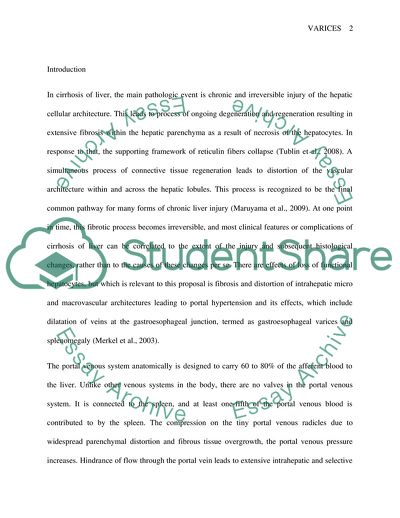Cite this document
(Bleeding Esophageal Varices in Patient With Liver Cirrhosis Research Proposal, n.d.)
Bleeding Esophageal Varices in Patient With Liver Cirrhosis Research Proposal. https://studentshare.org/medical-science/1732539-can-ultrasonic-measurement-of-portal-vein-diameter-and-hemodynamic-be-use-as-predictive-tool-for-bleeding-esophageal-varices-in-patient-with-liver-cirrhosis
Bleeding Esophageal Varices in Patient With Liver Cirrhosis Research Proposal. https://studentshare.org/medical-science/1732539-can-ultrasonic-measurement-of-portal-vein-diameter-and-hemodynamic-be-use-as-predictive-tool-for-bleeding-esophageal-varices-in-patient-with-liver-cirrhosis
(Bleeding Esophageal Varices in Patient With Liver Cirrhosis Research Proposal)
Bleeding Esophageal Varices in Patient With Liver Cirrhosis Research Proposal. https://studentshare.org/medical-science/1732539-can-ultrasonic-measurement-of-portal-vein-diameter-and-hemodynamic-be-use-as-predictive-tool-for-bleeding-esophageal-varices-in-patient-with-liver-cirrhosis.
Bleeding Esophageal Varices in Patient With Liver Cirrhosis Research Proposal. https://studentshare.org/medical-science/1732539-can-ultrasonic-measurement-of-portal-vein-diameter-and-hemodynamic-be-use-as-predictive-tool-for-bleeding-esophageal-varices-in-patient-with-liver-cirrhosis.
“Bleeding Esophageal Varices in Patient With Liver Cirrhosis Research Proposal”. https://studentshare.org/medical-science/1732539-can-ultrasonic-measurement-of-portal-vein-diameter-and-hemodynamic-be-use-as-predictive-tool-for-bleeding-esophageal-varices-in-patient-with-liver-cirrhosis.


